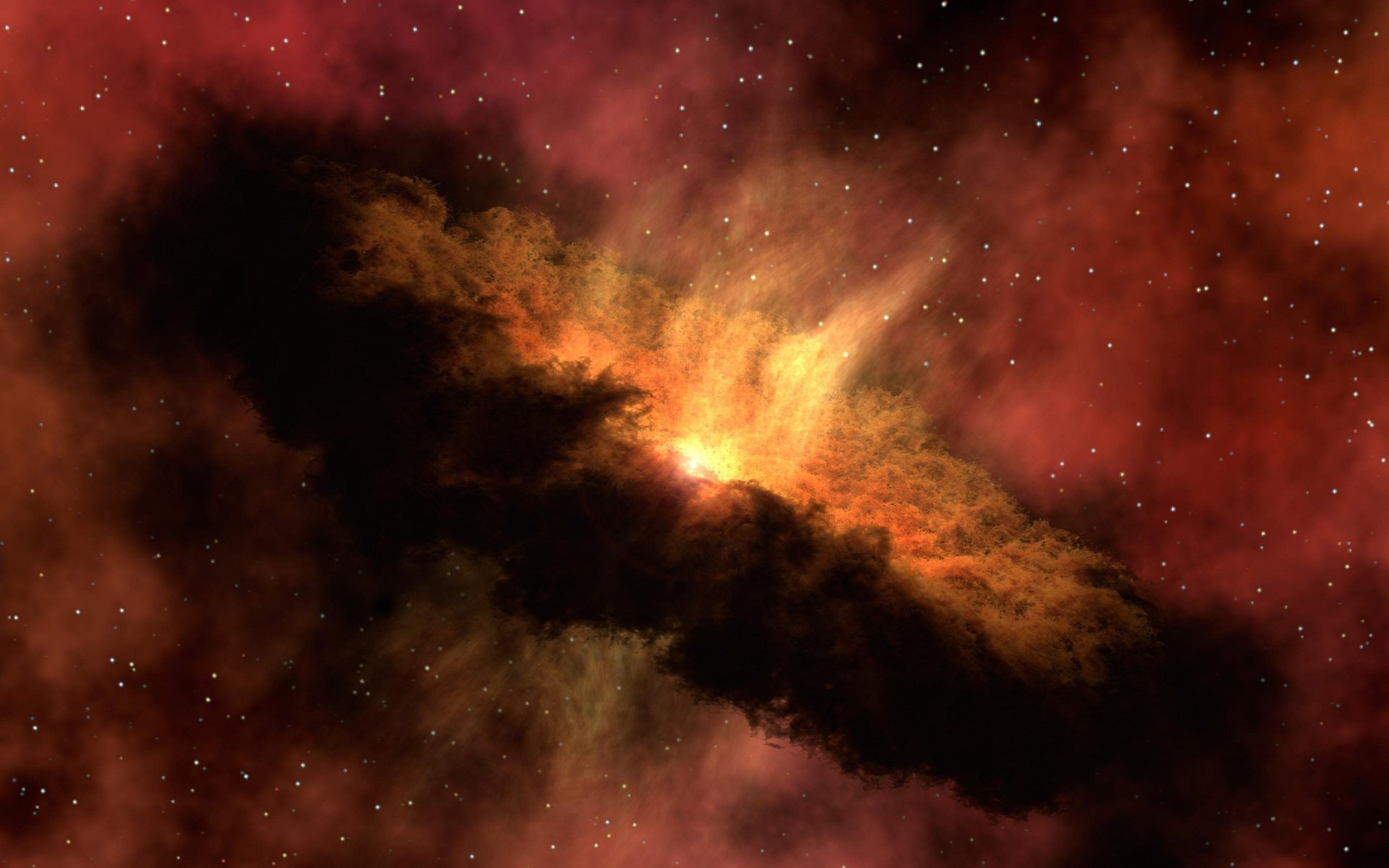|
Getting your Trinity Audio player ready...
|
The enigmatic world of neutrinos continues to mystify scientists. As minuscule, uncharged particles, neutrinos play a crucial role in a phenomenon known as beta decay. Delving into the intricacies of beta decay could unlock the secrets behind the universe’s creation of matter. Typically, beta decay involves a neutron transforming into a proton, releasing an electron and an antineutrino. This type of radioactive decay is surprisingly common, taking place multiple times per second even in something as mundane as a banana. However, a phenomenally rare form of beta decay may exist, one that releases two electrons without any neutrinos.
Researchers across the globe are on the hunt for this elusive neutrinoless-double beta decay (NLDBD) in various nuclei. Unraveling the mysteries of these decays could provide vital clues about the universe’s generation of matter and shed light on the still-unknown mass of neutrinos. The Cryogenic Underground Observatory for Rare Events (CUORE) is designed to detect these scarce NLDBD occurrences within different nuclei. By examining various nuclei, scientists aim to better comprehend the fundamental physics at play, relying on the complementarity between contrasting theories that each shed light on part of the same phenomenon. Recently, CUORE investigated NLDBD using Tellurim-128, a nucleus not previously studied by the experiment. Although no NLDBD evidence was discovered, the researchers determined that Tellurim-128’s half-life for decaying via NLDBD exceeds 3.6 septillion years. This lower limit is a staggering 30 times higher than previous experimental results utilizing the same methodology. This groundbreaking search expands the scientific community’s understanding of these extraordinary nuclear decays, with the findings detailed in Physical Review Letters.
As a frontrunner in the pursuit of incredibly rare nuclear processes, CUORE demands an ultra-low radioactivity environment. To achieve this, researchers use impeccably clean materials and the shielding provided by the Gran Sasso Mountain to protect the experiment from cosmic rays. CUORE’s intricate design features nearly 1,000 crystals kept at temperatures approaching absolute zero, monitored by a sophisticated refrigeration system. The crystals’ temperature is recorded 1,000 times per second, with data saved and analyzed to identify minuscule temperature fluctuations triggered by these infrequent decays. Operational since 2017, CUORE has gathered a wealth of data, with plans to continue for at least two more years. Scientists anticipate more revealing findings on Tellurim-128’s NLDBD processes in the near future. The upcoming generation of experiments holds immense promise for unveiling numerous nuclear and particle physics enigmas through the study of these baffling processes.


